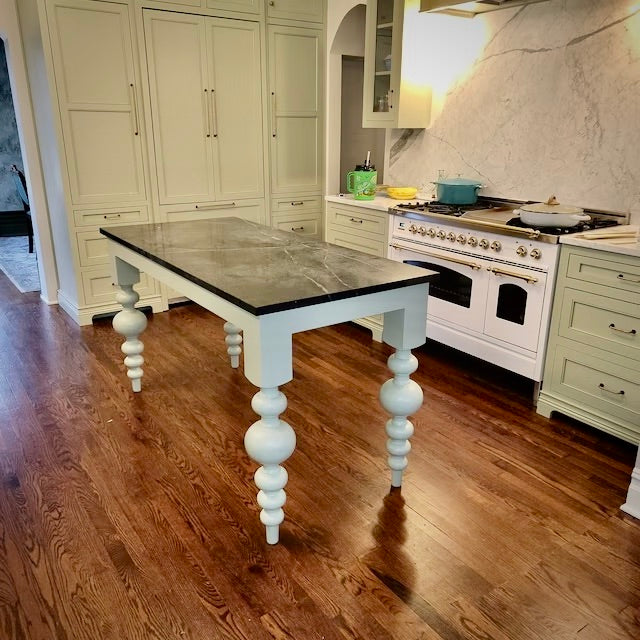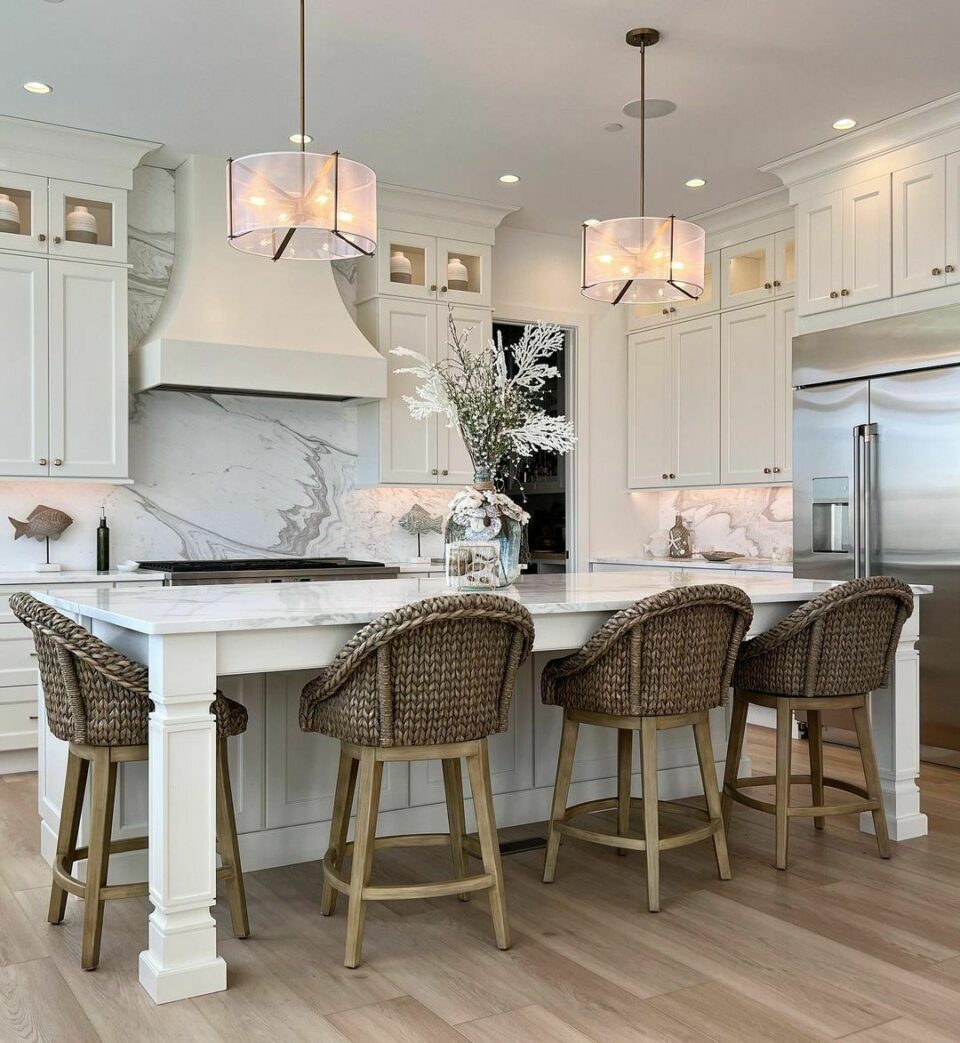How to Install a Kitchen Island Leg for Optimum Security and Style
How to Install a Kitchen Island Leg for Optimum Security and Style
Blog Article
The Value of a Sturdy Cooking Area Island Leg in Developing a Useful Cooking Location
A sturdy cooking area island leg offers as an essential element in establishing a useful food preparation setting, supplying essential support for both the counter top and numerous cooking area activities. As kitchen areas develop into multifunctional locations for food preparation, eating, and interacting socially, the selection of products and layout factors to consider for island legs ends up being progressively vital.
Benefits of Sturdy Island Legs
Supplying important support, sturdy kitchen area island legs play an essential function in enhancing the functionality and resilience of cooking area islands - kitchen island leg. These legs not just birth the weight of the counter top and any added items positioned on the island, but likewise add to the general stability of the structure. A well-supported cooking area island makes certain that it continues to be practical and upright, also under hefty use, which is specifically important in hectic kitchen area environments
Additionally, sturdy island legs can boost the visual charm of the cooking area. They give a strong structure that can enhance different style styles, from modern-day to standard. This convenience permits homeowners to tailor their kitchen islands according to personal preference while making sure that the architectural stability remains uncompromised.
In addition to their supportive function, robust kitchen island legs can also boost safety and security. A secure island minimizes the danger of accidents triggered by tipping or tottering, which is specifically vital in households with kids or senior individuals. Furthermore, solid legs can assist in a smooth circulation of tasks, enabling reliable meal preparation and social communications within the kitchen room. Eventually, buying strong kitchen area island legs is necessary for a useful and visually pleasing cooking location.
Materials for Kitchen Area Island Legs
When selecting products for kitchen island legs, durability and aesthetic appeal are essential elements to take into consideration,. One of the most common materials consist of wood, steel, and engineered wood, each offering distinct advantages.
Hardwood, such as cherry, oak, or maple, is a classic option due to its stamina and ageless charm (kitchen island leg). It can endure substantial weight and is resistant to put on, making it suitable for high-use kitchen area settings. Furthermore, hardwood can be stained or repainted to complement different kitchen styles
Steel legs, usually crafted from stainless-steel or wrought iron, provide a commercial and modern appearance. They are extremely strong and can sustain substantial lots while being immune to wetness and heat, which is useful in a cooking location. Steel legs can also be conveniently cleaned up, boosting their practicality.

Layout Factors To Consider for Stability
The selection of products for kitchen island legs straight affects the design considerations for stability. When making a cooking area island, it is paramount to review the weight-bearing capability of the chosen materials. Heavier products, such as strong timber or metal, generally provide greater stability, particularly under the anxiety of daily usage.
In addition, the leg style should integrate proper geometry to enhance security. A wider base increases the assistance location, reducing this the threat of wobbling or tipping. Consideration must also be given to the height of the legs; out of proportion leg sizes can lead to imbalance, jeopardizing the general stability of the island.
Moreover, the distribution of weight throughout the island is essential. Making sure that the leg placement aligns with the heaviest components, such as countertops and appliances, will certainly even more enhance stability.
Maintenance Tips for Long Life

Cleaning up is another critical facet of upkeep. Relying on the material of the legs-- whether timber, metal, or composite-- ideal cleaning techniques must be utilized. For wood legs, a gentle clean with an appropriate timber and a damp cloth cleaner will aid preserve their coating. Metal legs might call for a light polish to stop rust and keep their radiance.
If the cooking area island experiences hefty usage, consider strengthening the legs with extra braces or sustains to boost longevity. By following these upkeep suggestions, property owners can guarantee their kitchen area island legs remain robust and functional for years to come.
Selecting the Right Leg Design
Normal upkeep makes certain that cooking area island legs stay durable and useful, yet choosing the best leg design is similarly important for both appearances and assistance. The option of leg style can significantly affect the overall style and harmony of your kitchen area.

Performance is an additional essential facet. Thicker legs or those with a tough base can support heavier countertops and tools, improving the island's utility. Conversely, slender legs might produce an airy look, appropriate for lighter styles but possibly less encouraging.
Conclusion
In summary, the relevance of tough kitchen island legs can not be overstated in the creation of a useful cooking area. These legs give vital support, boost security, and contribute to the overall visual of the kitchen area. By meticulously picking proper products and layouts, along with implementing correct upkeep practices, the longevity and effectiveness of kitchen islands can see this site be guaranteed. Eventually, buying robust island legs is essential to attaining a effective and secure cooking atmosphere.
A sturdy kitchen island leg offers as an click this link essential element in developing a practical food preparation setting, supplying needed support for both the countertop and different kitchen activities.Supplying crucial support, durable kitchen area island legs play a pivotal role in boosting the performance and sturdiness of kitchen islands. Ultimately, spending in sturdy kitchen area island legs is essential for a practical and visually pleasing cooking location.
Factor to consider needs to likewise be provided to the elevation of the legs; out of proportion leg sizes can lead to discrepancy, compromising the general stability of the island.
Wooden legs supply heat and a classic appearance, while steel legs offer a industrial and modern-day feeling.
Report this page